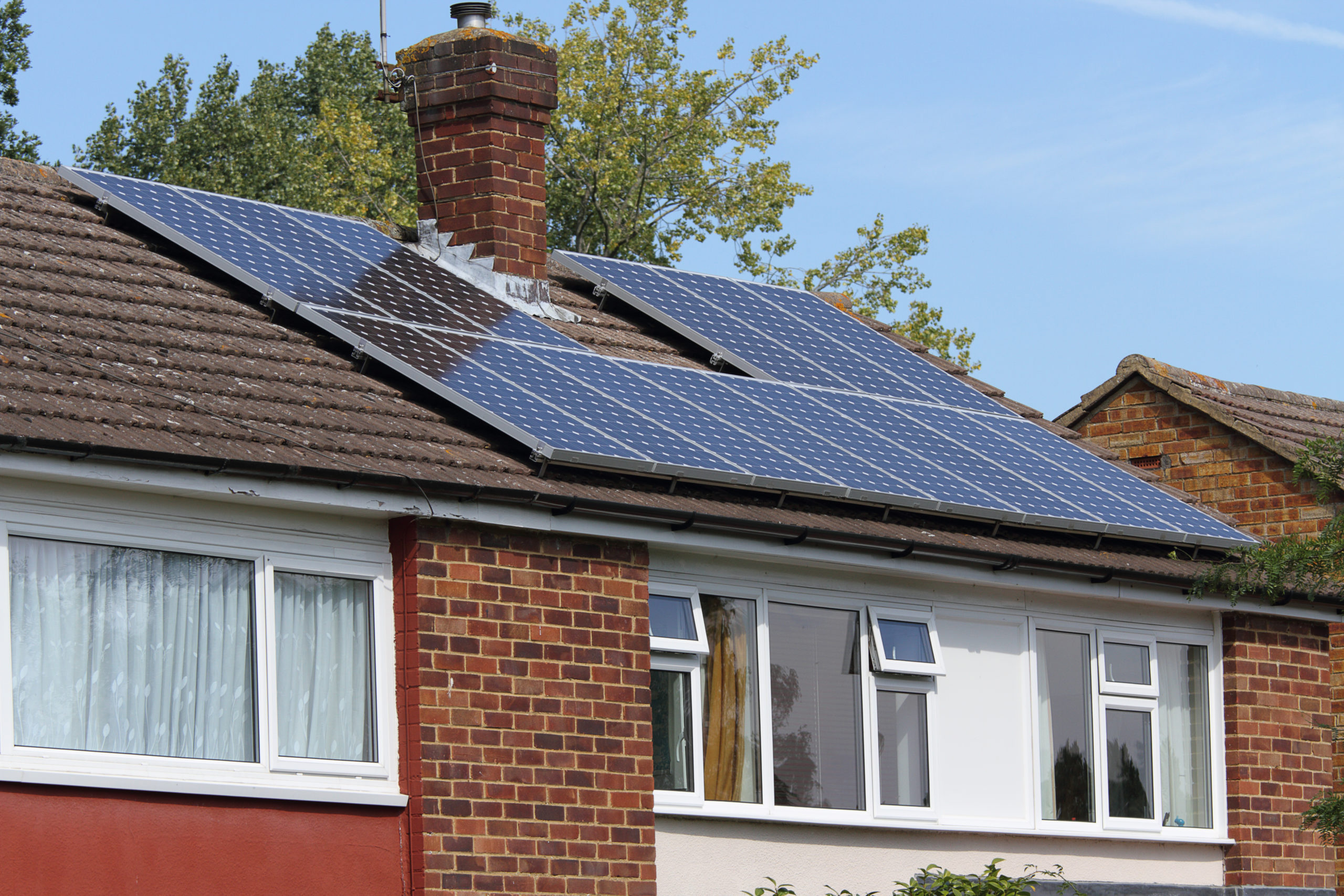
What is it?
For traditional windows used everywhere in commercial and residential buildings, glazing performance was advanced by adding special coatings or by filling the space between glass layers with less convective gases, meaning less heat transfer. These improvements led to insulation values of R-4 to R-5 center-of-glass performance levels for double-glazed windows, while the best rated triple-glazed windows achieve R-10. Vacuum insulated glazing (VIG) takes the trend of better insulating gases to its logical conclusion.
How does it work?
In traditional windows, gas particles bouncing around in the space between the panes help move heat from one side to another, called convection in engineering terms. Less gas equals less heat. No gas avoids convection (almost) entirely. A trade-off is that small spacers are added to prevent glass layers from being sucked together. These increase losses by conduction, another form of heat transfer through a material.
What are the most appropriate applications?
The technology can be applied to residential and commercial windows or refrigerated cases.
What are the savings?
Windows with vacuum glazing are expected to achieve center-of-glass insulating levels of R-14 and some existing VIGs achieve R-10. One reason production is off to a slow start is that some existing triple-pane products are already rated to R-10 for similar or lower cost.
What are the non-energy benefits?
VIGs improve comfort and are suited to both warm and cold climates.
What is the cost?
Traditional triple-glazed windows cost in the range of $30 – $70/sqft. VIG prices are toward the upper end of that range.
What is the status/availability of the technology?
Some products have been available in Japan since the mid-90s. There are a few Chinese and a few American producers, but production has not taken-off. Investment in new production facilities has been a barrier.
What kinds of incentives/programs are available?
Custom new construction programs are well established through the country and reward windows that perform better than code requirements. These windows would be rated by U-value and solar heat gain coefficient (SHGC) and would be rewarded based on their performance versus code.




